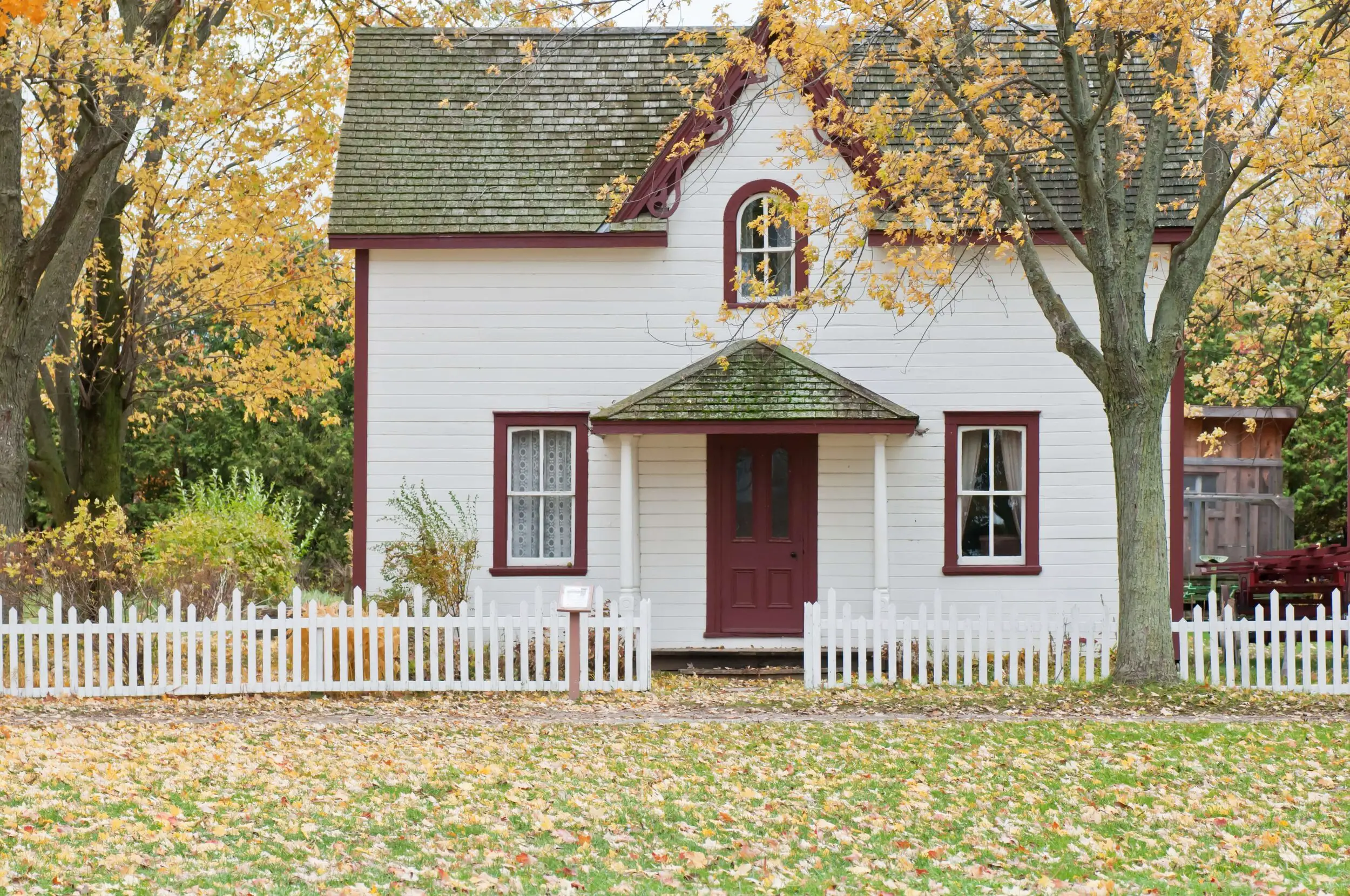Getting a home in FFXIV is a rite of passage in the game: it costs a ton of Gil and yet — much like real homeownership — it is a place of pride and a place of your own.
Luckily, being a homeowner brings its own set of perks, too, which we are going to talk about today. In this article, we’ll briefly talk about the process of choosing a home as well as all of the benefits you get from home ownership.
Also, if you love Final Fantasy and the world of JRPGs, I stream. Catch a stream and let’s talk about games at Miranda Lemons on Twitch.
Choosing a Home
To choose a home you want to live in, you must consider the housing zone as well as the style and size of your construction. Let’s take a look.
1. Unlocking Homes
The housing arrangement is a game trait in Final Fantasy XIV. It allows players to procure a private estate to share with members of their free company. Patch 2.38 allowed estates to be acquired by individuals. Beginning with Patch 3.4, apartment complexes were added in each ward. Patch 4.1 opens Shirogane for purchase.
For free company estates, the company must reach Rank 6 with their patron Grand Company to be allowed land purchases. For private buyers, a player must have at least one class at level 50 and have a rank of Second Lieutenant within their Grand Company.
After purchasing a plot in one of the available residential districts, players can develop an estate hall once they obtain a construction permit. The hall’s exterior can be customized by selecting from variations of roofs, exterior walls, windows, and doors.
Youcan also change the interior with everything from wallpaper to ceiling lights, and add a personal touch with a variety of furnishings and ornaments. Players may also install garden beds.
2. Choose Your Housing Zone
Housing is limited to one of four zones:
-
Mist in La Noscea
-
Lavender Beds in The Black Shroud
-
The Goblet in Thanalan
-
Shirogane in Hingashi
For zoning designs, each of the residential districts is cited into several identical wards each comprising of plots of land.
When accessing the residential zones, a player must choose which ward to enter from a drop-down list. A list of every plot can be analyzed, with its status listed.
2. Choose Your House Style
Houses come in an assortment of styles, depending on zone, plot size, and construction style.
Houses come in three sizes, based on the plot of land:
-
Cottage (small)
-
House (medium)
-
Mansion (large)
Larger sizes allow more furnishings and decorations. The design can be made of stone, wood, or a composite.
In addition to the above, all wards have an apartment building with a capacity of 90 per ward. Like private estates and private chambers, players must have at least one job at level 50 or higher and reach Second Lieutenant rank to purchase one.
Apartments have a fee of approximately 500,000 Gil.
12 Features of Owning a Home
You may be thinking, “Why buy a home?” They are expensive and it takes extensive hours to build up the Gil to acquire a home.
Consider these 12 practical features — what you get — when buying a home in FFXIV:
1. Access Check
A Free Company leader or private home-owner may set guest access rules. For company estates, the Free Company member settings can control which features of the estate may be authorized for use.
Private owners may set guest-access to their estate hall. Starting with Patch 3.1, Estate Sharing allows up to two players on the owner’s Friend List to become “tenants”, having increased access rights.
2. Private Chambers
Since patch 2.3, the players are allowed to have their private chambers inside their Free Company estate. Each chamber cost 300,000 Gil. Like private housing, players must be the Second Lieutenant with at least level 50 in one class to obtain a private chamber.
All private chambers have the same size and layout and permit up to 100 pieces of furniture installed.
3. Workshops
Starting with version 3.0, a Free Company estate can have a workshop installed. These workshops enable the use of Company Crafting, as well as control over airships managed by the Free Company.
4. Gardening
Garden beds can be placed as outdoor furnishing. Players may grow and cultivate various crops in these patches. To start gardening, a seed and topsoil must be placed in the desired patch. The type of soil can affect how the plants grow, and it can be tended using fertilizer and watering.
The types of plants grown include not only most flora obtained from Botany but also greens used in Chocobo Raising. Plants in adjacent patches may occasionally lead to inter-crossing crops, sometimes yielding seeds not found anywhere else.
Free company leaders can control what member ranks are authorized to tend to gardens.
5. Chocobo Stable
A Chocobo stable can be placed outside player houses. This stable allows free company members to raise their Company Chocobo by training it for battle, feeding snacks to alter its feather pigmentation, or changing its name.
Stabled chocobos cannot be summoned into the field, and must be fetched to use again. Over time, the stable may get dirty and must be cleaned using Magicked Stable Brooms. Also, each apartment complex contains a public stable for its tenants.
A training session requires the use of a suitable green such as Krakka Roots. It consists of a short cutscene montage and awards the Chocobo EXP. The Chocobo must then rest for one hour. It is possible to train other free company members’ chocobos, depending on authorization set by company management.
Stabled chocobos can also be fed fruit snacks to change their feather pigmentation. These colors can be altered on an RGB scale and maybe shifted into any of the dye colors available for equipment.
Once a successful change is induced, a message will state it has begun to grow new feathers and must remain stable for six hours (real-time) to fully grow in the new plumage. Only the Chocobo’s owner may alter the plumage.
6. Orchestration
Players may install an Orchestrion within an estate, private chamber, or apartment. The Orchestrion will play in-game music from Orchestrion Rolls. Starting with Patch 3.4, a playlist function was added to allow it to cycle through tracks.
Note that for technical reasons, the Orchestrions play music as a 3D sound effect, so the audio quality will slightly vary depending on one’s position relative to the music box.
7. Aquariums
Introduced in Patch 3.4, Aquariums can be installed to display certain types of fish gathered by Fishers. Aquariums must first be filled with either freshwater or saltwater, and may optionally place an accessory for decor. The type of fish that can be placed depends on the water installed, so for obvious reasons freshwater and saltwater fish cannot be placed in the same aquarium.
The Aquarium system does not currently support the display of fish caught in dunes, the Sea of Clouds, magma, or aetherochemical spills.
Aquariums have up to four-tier sizes, affecting their total capacity. However, fish also comes in four tiers of sizes, with larger fish taking more space.
Only one aquarium may be installed per estate, private chamber, or apartment.
8. Vendors
Vendors can be installed around the estate with appropriate permits. With the appropriate permit, NPCs such Material Suppliers, Menders, Junkmongers, or Materia Melders. For private estate, a Steward may be hired. It is also possible to have a retainer peddle market goods on an estate lawn.
These vendors can also be found in the lobby of apartment complexes.
9. Lighting
As of Patch 3.1, the ambient interior lighting of estates can be adjusted by players, which allows you to customize looks and feels that are unique to your style and taste.
10. Storerooms
With Patch 4.1, unused furniture can be put into estate storage. The number of items held in storerooms is identical to the amount of furnishings that may be placed.
11. Restoration
Starting with Patch 3.1, estate reclamation will be implemented. To ensure that plots of land are not claimed and left unused, estates not accessed for extended periods will be automatically demolished, and the plots of land will be put back up for sale.
Any free company estate or private estate left unused for more than 45 days will be demolished. Notifications will be sent to the owner and/or free company members as time draws near. This process is halted if the house is used once again.
Tenants of private estates cannot stop this process; the homeowner themselves must use it.
If the estate is demolished, certain furniture and 80% of the price paid on the plot of land can be reimbursed by the district’s Residential Caretaker (for up to 35 days following demolishing). Construction permits, fixtures, some types of furniture, private chambers, and company workshops (including airships) are permanently lost.
12. Relocation
Patch 4.1 introduces a relocation function, allowing estates to be quickly moved to a newly available plot in any district or ward. The cost of relocation to the new plot will be discounted by 30% of the minimum value of your old plot to the price of the new one.
If the reimbursement exceeds the price of the new plot, you will not have to pay any fee.
Internal furnishings and most external furnishings will be placed in storage and must be redecorated by the homeowners after the relocation. Exterior fixtures are altered to match the architectural style of the new district.
Interior fixtures will be retained after transfer. Note that if moving from a larger estate to a smaller one, some furnishings and fixtures may be lost. All private chambers, company airships, Chocobo stables, gardens, and other settings will be retained during the transfer.
Upon finalizing the relocation, the old plot will be released for sale to other players.




